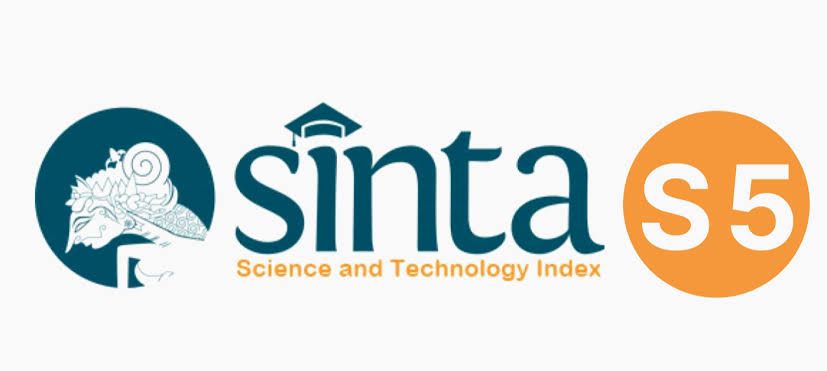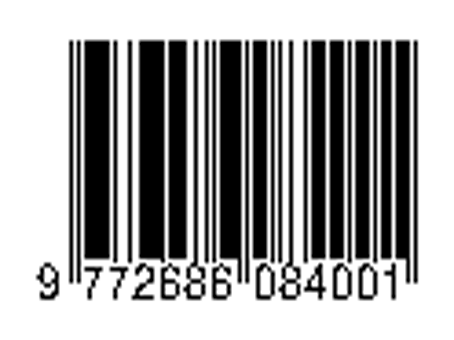The Role of Neurosurgery in Reducing Parkinson's Symptoms: A Case Study on the Use of DBS Technology
DOI:
https://doi.org/10.32734/aanhsj.v7i01.20435Keywords:
Deep Brain Stimulation, Parkinson’s Disease, Neurosurgical TherapyAbstract
Background: Parkinson’s disease (PD), a progressive neurodegenerative disorder, causes motor symptoms like tremors, rigidity, and bradykinesia, often complicated by non-motor issues and levodopa-related side effects. Deep Brain Stimulation (DBS) is a key neurosurgical intervention that modulates neural circuits to alleviate symptoms in advanced PD.
Method: A literature review analyzed peer-reviewed studies from the past 15 years, sourced from PubMed, ScienceDirect, and Google Scholar, focusing on DBS efficacy and safety. Thematic synthesis explored physiological mechanisms, clinical outcomes, and comparisons with other treatments, using triangulation to ensure robust findings.
Discussion: DBS, targeting the subthalamic nucleus or globus pallidus internus, reduces motor symptoms by up to 50% on the Unified Parkinson’s Disease Rating Scale, decreases levodopa reliance, and mitigates dyskinesias. Advances like directional electrodes enhance precision, but non-motor symptom relief varies, and risks, costs, and access disparities remain. Strict patient selection is vital, excluding those with atypical parkinsonism or severe cognitive issues.
Conclusion: DBS is a pivotal treatment for advanced PD, improving motor function and quality of life. Future innovations and research into non-motor effects, alongside equitable access, are crucial to optimize its impact.
Keyword: Deep Brain Stimulation (DBS), Parkinson’s Disease, Tremors, Rigidity, Bradykinesia, Neurosurgical Therapy
Downloads
Downloads
Published
How to Cite
Issue
Section
License

This work is licensed under a Creative Commons Attribution-ShareAlike 4.0 International License.
The Authors submitting a manuscript do understand that if the manuscript was accepted for publication, the copyright of the article shall be assigned to AANHS Journal.
The copyright encompasses exclusive rights to reproduce and deliver the article in all forms and media. The reproduction of any part of this journal, its storage in databases and its transmission by any form or media will be allowed only with a written permission from Asian Australasian Neuro and Health Science Journal (AANHSJ).
The Copyright Transfer Form can be downloaded here.
The Copyright form should be signed originally and sent to the Editorial Office in the form of original mail or scanned document.














